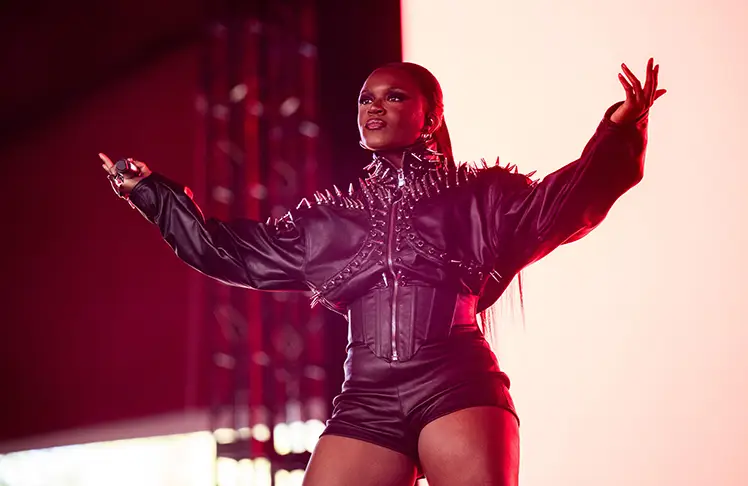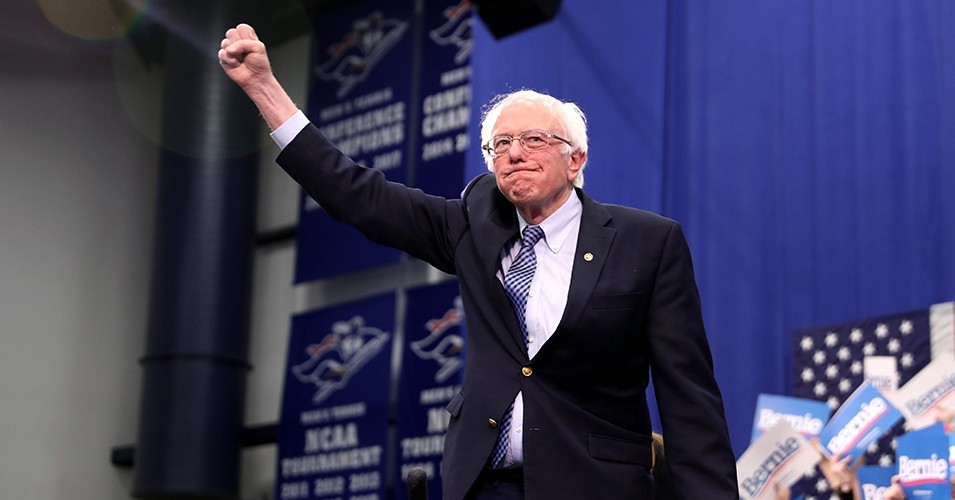
People are messy. We're imperfect. We're human! An essential human project is the need to understand others. In turn, we want people to understand us. That need for deeper connection predates language. It's the hug or comforting touch on a shoulder that we give someone who needs it. It's a knowing sideways glance a friend gives us when someone is being ridiculous. But even with the tool of language we can still fall short of understanding each other. We can be saying the same words and mean wildly different things. People talk past each other all the time!
I've been thinking about the agreements for fostering courageous conversations. These are agreements, or norms, that members of a group might use to show each other respect in times of conflict. They're from books and essays by Glenn E. Singleton and Cyndie Hays that I've written about before. In their first essay they proposed 4 agreements; they invite every group to create and use ones that fit their needs. One set of norms I used in a recent training numbered 12 agreements! One of those piqued my interest: listen for understanding.
Like all the agreements, I find the phrase a little too abstract on its own. It feels like there's a gulf between the statement and what it takes to change one's behavior. "Listen for understanding" feels like what we do already, right? But it's different. Too often we're listening to get somewhere. We're listening to find a conclusion that our partner in conflict is not yet ready to make.
My friend and colleague James Boutin teaches classes on generative conflict. He published a book earlier this year that I've been reading and mulling over. I highly recommend it! Boutin describes conflict as "two or more sides struggling to agree or support one another." That struggle can show up in our bodies and minds as tension. It doesn't always feel good to disagree, especially not about things that are important to us.
Understanding is often the spark we need to resolve conflict. Boutin writes, "Conflict is ready to shift when someone can authentically say, "If I were in your shoes, I bet I'd make the same choices."" Understanding in this case goes beyond receiving and processing what someone tells us. We almost need to embody the person we're in conflict with. Walk in their shoes. Feel the environment and society they live in. Glimpse the experiences they've had that makes them think, say, and act in the ways that they do.
listen for understanding
What does it mean to listen for understanding? What does it take to break the impasse that we sometimes find between us?
Clear the responses from your mind. Sometimes a conversation can feel like a tennis match. I've never played tennis, so everything I know about it comes from the film Challengers (2024). Someone serves us a statement and we hit back with one of our own. We may even stop listening as tempers and tensions rise, waiting only for our turn to speak again. If Zendaya and two sweaty guys are in the room, we might not even notice. But we can't begin to understand someone until they've said their piece. They can't know our destination until we show it to them.
Resist the narratives of your imagination. My friend recently told me about a conflict he was having with one of his employees. He sometimes needs to take medical leave with no advance notice. One day she started acting cold or distant around him. To him, it felt like she resented him for taking time off when he needed it. After a week or so of frostiness, he sat down with her and asked what was going on. She apologized and said that when he was out of the office, their coworkers would come to her if they needed help. This added stress and responsibilities to her workload that he wasn't aware of. It felt like they had a conflict he couldn't solve: stop taking medical leave. Instead, their conflict was one that he could solve: tell the team how to solve problems if he was ever out of the office. We all have narratives that we tell ourselves about why a person acts the way they do. Sometimes we're right. It could be exactly what we think or fear it is. But if it's not, we're now faced with two problems: the one we have and the one we think we have.
Accept and expect non-closure. This is another agreement from Courageous Conversations. Not all conflict has an easy resolution. Not all resolutions happen after one conversation. And resolution itself can be slippery. Boutin writes, "resolution is not a permanent state." Instead, the things we learn from understanding have changed the conflict itself. We may not be fighting about this thing after all. We may actually be fighting about something else. And we've spent all day arguing about the other thing! What if we could rest and resolve the real problem another time?
connection is a choice
Listening for understanding takes practice and intention. When I have a concern I need to share, I don't want to be managed. I want to be heard. Tensions and conflict between us is inevitable. When we take the time and try to understand, it can lead to breakthroughs we didn't think were possible. It can help us deepen the human connection we all so desperately seek.








 & © 2025 Cable News Network, Inc., a Warner Bros. Discovery Company. All rights reserved.
& © 2025 Cable News Network, Inc., a Warner Bros. Discovery Company. All rights reserved.